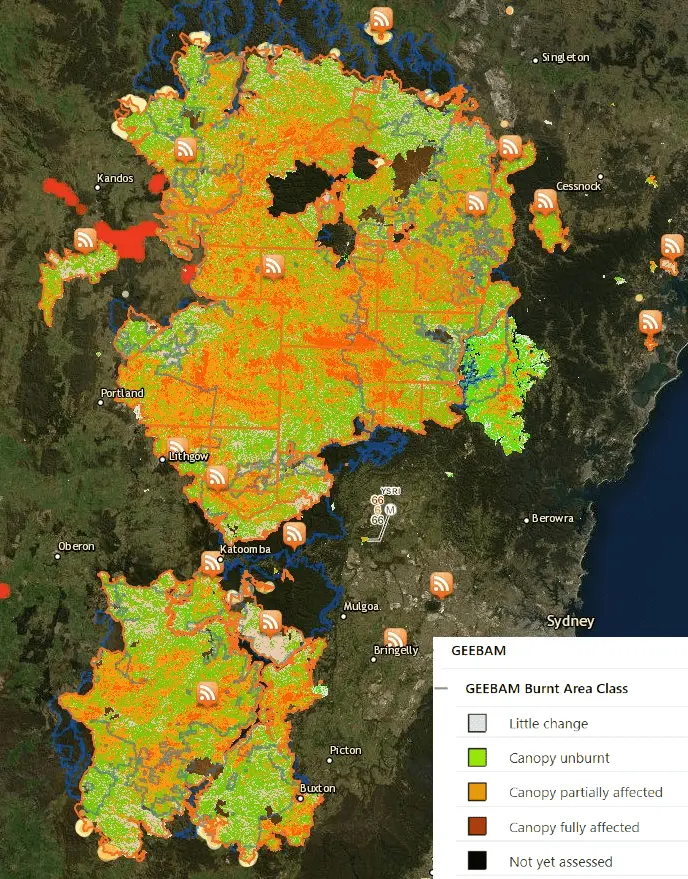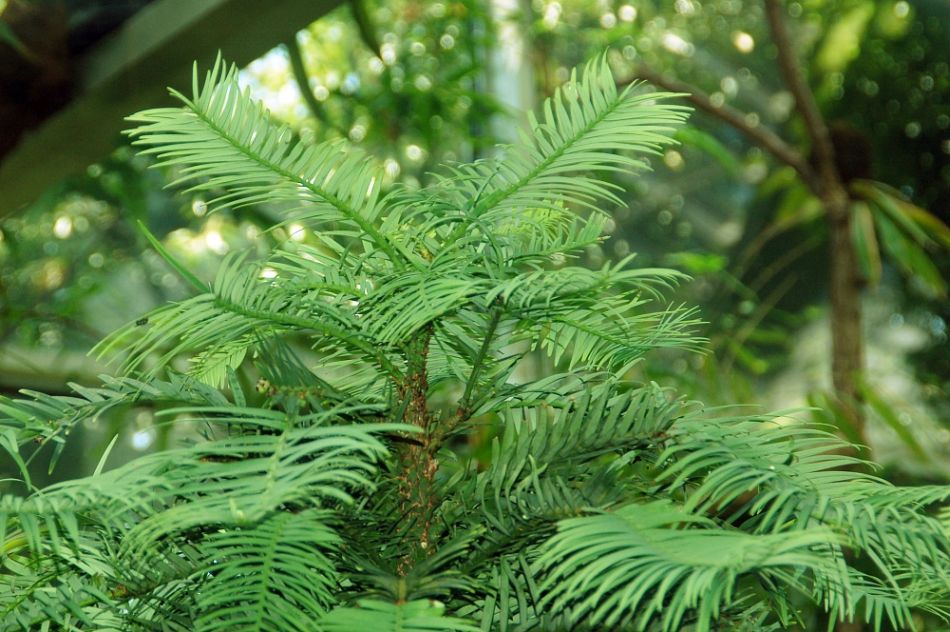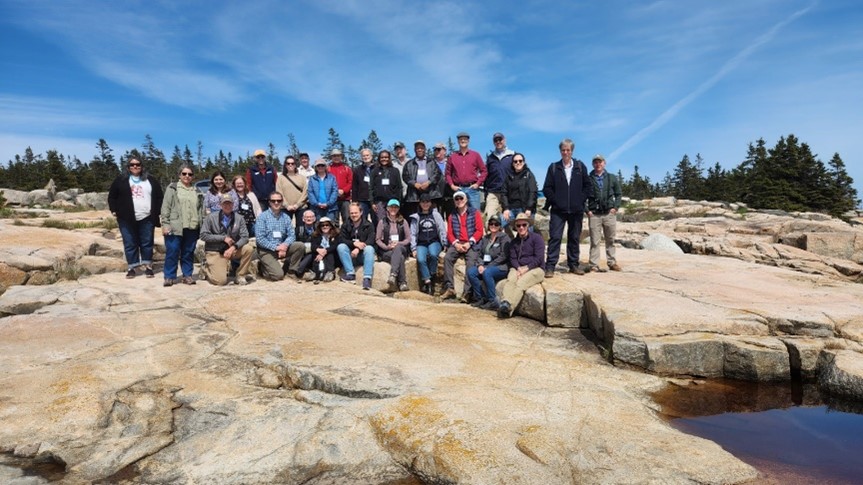The role of climate change in the formation of these mega-fires and the impact on forest ecosystems and biodiversity is of pressing concern. However, as many of you will be aware, these fires often happen in ecosystems that depend on fires to create diverse habitats. So, what’s the problem?
The problem is one of frequency and intensity. Many of the species of the Australian eucalypt forests require fires for seed pods to open and regeneration to occur. The indigenous peoples of the country had for 60,000 years used ‘fire stick farming’, as it’s been called, to manage the land and to maintain the diverse habitats that supported the plants and animals they depended upon. With the arrival of Europeans in the late 18th Century and the subsequent appropriation of indigenous peoples’ lands, the use of fire as a tool for managing the landscape rapidly declined. As large areas of bushlands returned to thick scrub, recurrent wildfires became a threat to farms, townships and biodiversity. Now climate change is causing longer, hotter and drier summers, and more extreme and intense weather conditions, which are making these fires more frequent and severe.
So, despite the fire dependence of Australia’s predominant eucalypt forests, more regular fires mean that a number of species are potentially unable to regenerate and replenish their seed beds, such as the Blue Mountains ash (Eucalyptus oreades) and Banksia species. Other eucalypt species that resprout following fires are being stressed by higher temperatures and drought, that in turn make forests more scrubby and vulnerable to intense fires.
There is also the problem of the scale of the fires that we witnessed earlier this year. The rich biodiversity of the Blue Mountains World Heritage Area is a product of its geology: the area is a plateau dissected by massive eroded sandstone canyons which in the past have allowed a mosaic of unique ecosystems to prosper. In one such area can be found the Critically Endangered Wollemi pine (Wollemia nobilis), an extremely ancient tree species that dates back to the Carboniferous period when Australia was connected to the Antarctic continent. A small stand of pines has survived in a protected fire shadow for around 300 million years. It is the last place on Earth where they grow wild, and was only discovered 30 years ago. This year fires threatened this last remaining stand of Wollemi pines, and had it not been for the heroic efforts of National Parks and Wildlife Service fire-fighters, who were helicoptered into the remote site, they would probably have been lost.
All IUCN Members must help limit the rise in climate extremes as a global necessity.









My home?
What!!! This is not faiirrrr
Add new comment